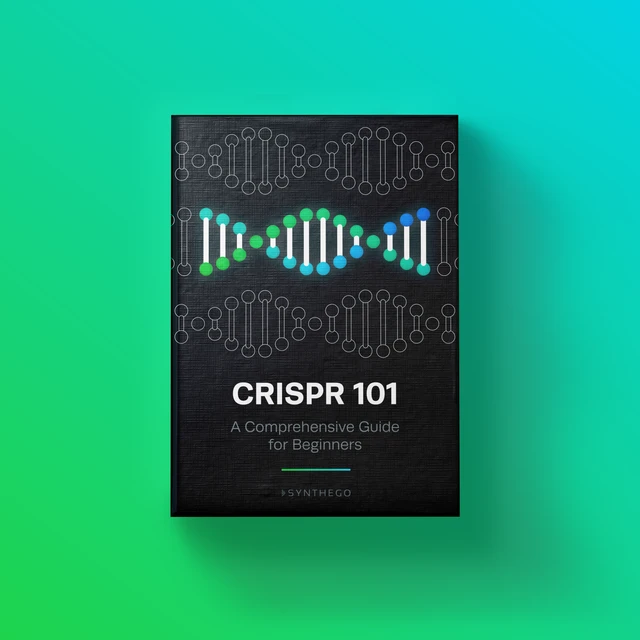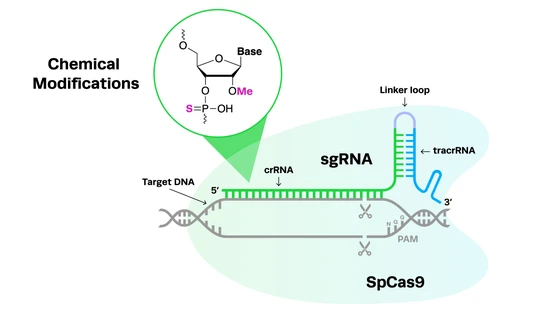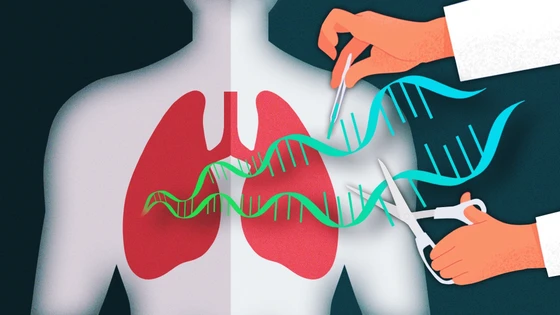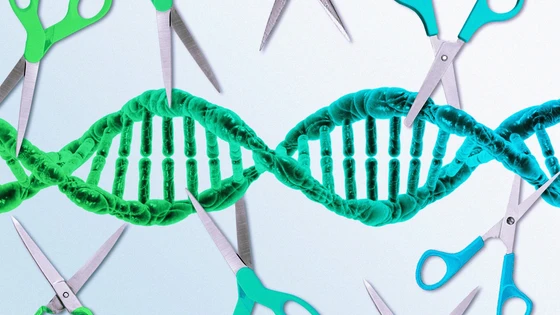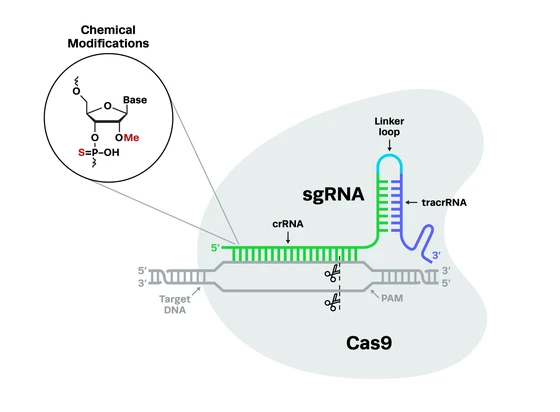What's in the name? "A rose by any other name would smell as sweet," Shakespeare famously wrote. Clearly, he lived in simpler times where nomenclature and labeling were trivial matters. In today’s world, one would question if rose syrup from genetically modified (GM) roses tastes just as sweet? And perhaps more importantly, should it be labeled differently?
The Dilemma Around Mandatory Labeling of Genetically Engineered Food Products
The field of genetic engineering has progressed rapidly in the past few years, resulting in an increasing list of GM food products. While researchers and some members of the public have been rejoicing at the technological CRISPR revolution and its endless possibilities for increasing access to food for our growing worldwide population, a large proportion of the public is wary of the additives that their food may now contain.
The primary cause of public fear and opposition towards GM food stems from not knowing the exact procedures involved in genetic engineering. This raises an important question: does mandatory labeling of genetically engineered food make sense?
On the one hand, gone are the days when ignorance was bliss, and the consumer would blindly accept the available products in the market. The modern consumer is alert and conscious about the food that they consume and would like to stay informed.
On the flip side, some companies and scientific organizations are skeptical if labeling is even informative if the procedure behind it is unclear? They fear that GM labels could be mistakenly perceived as a safety warning, unnecessarily evoking negative connotations regarding the product.
Science Finds a Way: The Vermont Case Study of How GM Labeling Influences Public Attitude
Prof. Jane Kolodinsky, Professor and Chair of Community Development and Applied Economics department at University of Vermont’s College of Agriculture and Life Sciences saw an opportunity to experimentally determine how labeling information influenced public attitudes.
In July 2016, Vermont implemented mandatory disclosure labels bearing either “produced using genetic engineering” or “partially produced using genetic engineering,” and is still the only state to have done so.

For her recently-published paper, Kolodinsky surveyed public support or opposition (rated on a 1 to 5 scale) before and after the mandatory GM labeling time periods. She then compared her data to those from a similar national public survey. Kolodinsky’s results included opinions of 7,871 individuals and showed that support for GM food increased by 19% in Vermont relative to other US states after the introduction of the mandatory labeling. Her study suggests simple disclosure of genetically engineered food on the labels improved the attitudes of the public in Vermont towards the food.
This study is interesting because it is the first of its kind to directly measure real-life impact of GM food labels on public attitude. Although the study cannot identify the exact cause, researchers believe that perhaps the disclosure offers a sense of control to people, helping them better assess the risk, as opposed to trusting an “unknown” food product.
Although the results of this study cannot be generalized to predict public reactions across the nation, it fuels the core debate regarding GM food labeling.
USDA Proposes New Rule for Labeling GMO Food, and Asks for Public Input
The timing of these findings is especially relevant as the U.S. Department of Agriculture (USDA) is currently drafting new guidelines for labeling bioengineered food that aim to strike a balance between minimizing costs for companies and providing optimum information to consumers.
The new rule proposes to drop the term GM or GMO (genetically modified organism) completely and label genetically engineered food as “bioengineered” (BE). As the majority of the public may not be familiar with this term, the USDA welcomes public comments through July 3, 2018, to define the label and thereby the products that should fall under this category. Comments should be submitted via the Federal eRulemaking portal.

Defining the Bioengineered Label
Based on the feedback from a wide variety of respondents including consumers, food manufacturers, farmers, and other interest groups to a public questionnaire posted in the summer of 2017, the USDA noted divided opinions regarding the scope of BE labels.
One fraction of respondents believes that highly refined foods should not fall under BE labeled category. They maintain that these products undergo processes that remove the genetic material and the final product does not contain a detectable amount of DNA, making them similar to their counterparts produced using non-GM sources.
Another section of respondents argues that detection of genetic material relies on the refinement process and the testing method. They assert that since undetectable genetic material does not necessarily mean that modified genetic material is absent in the food, highly refined foods originating from genetically modified sources should also be labeled “BE.”
This is the Time to Share your Opinion on GM Food with the Government
How would you like your food to be labeled? Are you more likely to trust accurately labeled foods? USDA is open to public comments on the positions interpreting the definition of BE. The website states their particular interest in “any additional studies conducted on this issue, the cost of implementation under each policy, and whether certain policies describing the scope of foods subject to the disclosure standard would lower costs to affected entities.” If you have a strong opinion regarding this issue, make your voice heard by submitting your comments on their website before July 3, 2018.
CRISPR 101 eBook
CRISPR has quickly become a standard laboratory tool for gene editing. As the adoption of CRISPR accelerates worldwide, up-to-date knowledge of the basics of CRISPR is essential for anyone in the field. From target identification studies to the recent breakthroughs in clinical trials, CRISPR is enabling scientists to unlock the power of the genome.
Download our CRISPR 101 eBook today to stay up to date on all your CRISPR basics and get the best results in your CRISPR experiments!
